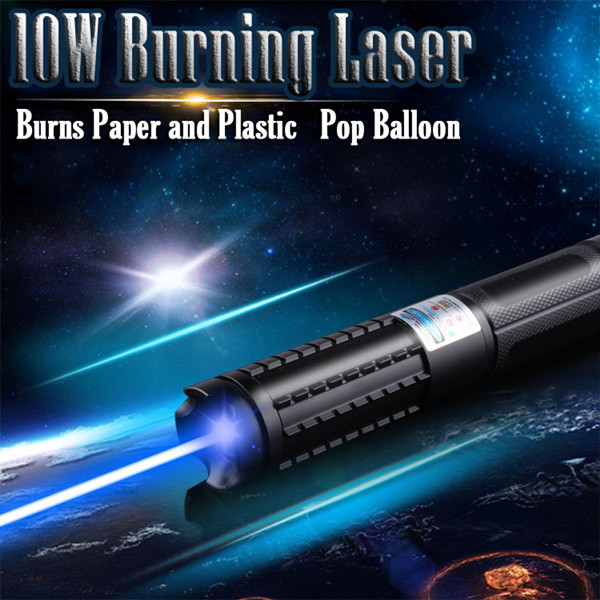If you mean under “normal” conditions, that is, there is not much dust in the air, and the humidity is within the normal range, then it largely depends on the wavelength. The shorter wavelengths are more dispersed in the air molecules (the presence of gas) than the longer wavelengths. Dispersion is the cause of the visibility of the light beam. Therefore, the purple or blue laser requires the lowest power, then the green laser pointer, then the red laser.
Since the dispersion of red light in the air is very small, for a red laser, the power must be so high that it is no longer a laser pointer, but a screen cutter. Although some green laser pointers still have relatively safe power levels, they have visible beams at least in the dark, so they can be used to point at stars and constellations at night.

Of course, if there is enough dust and/or fog in the air, any laser that produces visible light will produce a visible light beam. If there is no dust or fog in the air, you will not see any laser. It is dust particles or fog droplets that reflect the light of the laser.
When you see a laser beam, what you really see is that the beam is scattered by various small particles suspended in the air. The degree to which you see the beam depends on the cleanliness of the air and the level of ambient light with which the laser pointer beam must compete. In a nightclub, the air may contain a lot of smoke or other pollutants, which will make the beam more visible, while the ambient light will be very low, so they will be more prominent. When people want to show off laser beams, they usually add smoke or equivalent to the air.
Green lasers also tend to be more prominent because the reception of the human retina peaks near this wavelength. Your “invisible” laser may be a red laser that operates in a brighter, cleaner air environment. Take it to a room full of black smoke and you will see that its beam is very good.